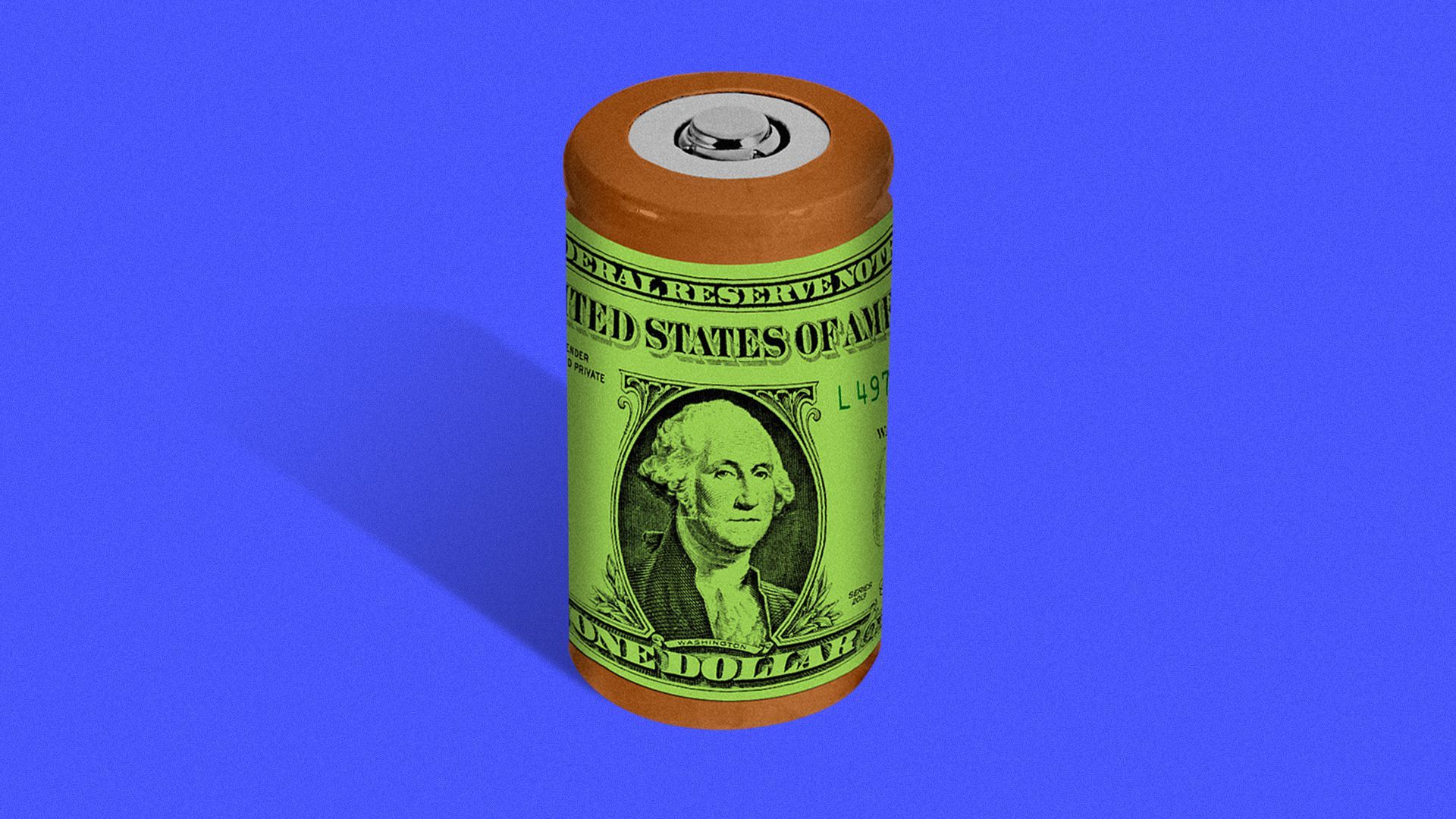| An influential nonprofit called Carbon180 is working to shape how the Energy Department spends $3.5 billion to develop four regional direct air capture hubs, Andrew writes. Driving the news: These installations would seek to prove the scalability of the climate tech option, which is attracting increasing interest from investors. In a white paper shared first with Axios and through exclusive interviews with staff, Carbon180 laid out its views on how to best administer the largest-ever federal investment in DAC technology, which is still in its early days. Why it matters: Depending on the level of greenhouse gas emissions in the next few decades, humanity may need to lean heavily on technologies like direct air capture to bring down atmospheric concentrations of planet-warming gases. Zoom in: Whether and how to scale the technology will be partly determined by the criteria used for designing and implementing the regional DAC hubs, which were funded over the course of five years under the bipartisan infrastructure bill. - To be eligible for the program, a hub, which involves the colocation of complementary infrastructure, must eventually be capable of capturing at least 1 million metric tons of carbon dioxide annually.
By the numbers: The program "represents a 400-times increase in the size of the global DAC industry," said Erin Burns, executive director of Carbon180. The big picture: "Essentially, this is going to help define, at least for the near term, what does DAC look like in practice," Burns stated. - Carbon180 is seeking to ensure that direct air capture is used "as a means to remediate legacy carbon emissions," rather than as an "excuse" to continue with business as usual emissions, per the white paper.
- The organization is also focused on ensuring the funding of a range of technologies in ways that enhance equity, address environmental justice concerns, obtain community buy-in and provide long-term job opportunities.
The intrigue: Carbon180 has clout within the Energy Department when it comes to DAC. Its co-founder, Noah Deich, recently took a leave of absence to serve in a top carbon removal role at the department. - Carbon180 shared some of its views from the white paper with DOE via the department's request for information earlier this year.
What they're saying: "I think there's no longer a question of does this work? It clearly works. The big question now is can you make it work at scale? And that's the only real question that matters," Peter Minor, director of science and innovation at Carbon180, told Axios. - "We have to start solving the really big problems now," he said, citing providing megawatts worth of clean electricity 24 hours a day for such plants to operate.
What's next: DOE is expected to issue its DAC hub guidance later this month. | 







No comments:
Post a Comment